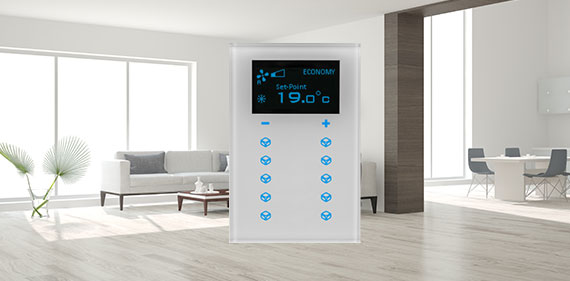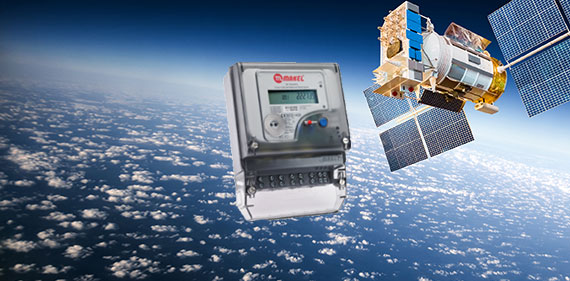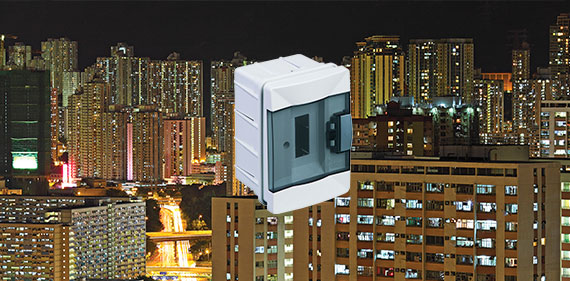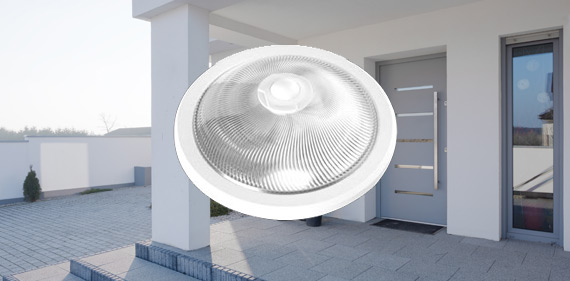

The Whispering Language of Smart Homes: IoT Protocols
Smart home technologies open the door to a world beyond comfort — enhancing security, maximizing energy efficiency and ensuring seamless connectivity.
These systems can communicate only through a shared language — the IoT (Internet of Things) protocols.
Today, most smart home devices operate on three core protocols: Zigbee, Z-Wave and Thread.
Each enables wireless communication but differs in speed, energy consumption, security and compatibility.
1. Zigbee: A Protocol Known for Its Speed, Popularity and Flexibility
Zigbee is a protocol based on the IEEE 802.15.4 standard, designed to keep energy consumption at a minimum.
Its mesh network structure allows devices to relay signals to one another, effectively extending the network’s range.
Advantages
Open standard: Widely supported by various manufacturers.
Fast communication: Data transfer rates can reach up to 250 kbps.
Extensive ecosystem: Seamlessly integrates with systems like Philips Hue, Amazon Echo and Samsung SmartThings.
Possible Disadvantages
It uses the 2.4 GHz band, which may interfere with Wi-Fi networks.
Different manufacturers’ versions may sometimes lack full compatibility.
When is Zigbee the right choice?
It is ideal for large-scale smart home networks with numerous low-power devices such as sensors and light bulbs.
2. Z-Wave: Secure, Stable and Smooth Communication
Z-Wave, developed in the early 2000s, operates in the low-frequency (868 MHz/915 MHz) band.
This allows signals to pass through walls easily while maintaining a low interference rate.
Notable Advantages
Wide range: Up to 100 meters of connectivity.
Low interference: Unaffected by Wi-Fi and Bluetooth.
Data protection: Secure encryption using the AES-128 standard.
Points to Consider
Closed standard: Typically licensed by Z-Wave Alliance members.
Compared with Zigbee, manufacturer support is more limited.
When should Z-Wave be preferred?
It is the most suitable solution for smart locks, security sensors and alarm systems where high security and reliable connections are critical.
3. Thread: Next-Generation and IPv6-Based
Developed under the leadership of giants like Google and Apple, Thread stands out as today’s modern IoT protocol.
It has a mesh architecture similar to Zigbee’s, but what sets it apart is that it is fully IP-based (IPv6).
Therefore, every device connected to the Internet has a directly identifiable address.
Advantages
IP-compatible: Offers seamless integration with Wi-Fi and Ethernet networks.
Low power consumption: Extends battery life.
High security: Bank-grade encryption (AES-128, DTLS).
Fully compatible with the Matter protocol: Ensures flawless integration with the next-generation smart home standard.
Possible Disadvantages
New technology: Not yet supported by all devices.
Router requirement: Cannot operate without a Thread Border Router.
When is Thread the right choice?
It is the most suitable option for users looking to build a next-generation, long-lasting and Matter-compatible smart home infrastructure.
Zigbee, Z-Wave and Thread: A Brief Comparison
Although Zigbee, Z-Wave and Thread share a similar network architecture, they each contain key distinctions.
Zigbee operates at the 2.4 GHz band and, with a data rate of about 250 kbps, can support many devices simultaneously.
Z-Wave works in the 868 MHz or 915 MHz bands, offering a range of about 100 meters, though its data rate is around 100 kbps.
Thread runs at a similar speed to Zigbee (about 250 kbps) but differentiates itself through its IP-based design.
All three use AES-128 encryption for security, but Thread enhances protection further with the DTLS layer.
In energy efficiency, Thread leads the way, while Z-Wave is more resistant to interference.
Zigbee provides the broadest manufacturer ecosystem, whereas Thread emerges as the most future-proof protocol thanks to its full Matter standard integration.
Which Option Should You Choose?
If you’re seeking broad device compatibility, Zigbee is the right solution.
If security and stability are your top priorities, choose Z-Wave.
If you want next-generation ecosystems and Matter compatibility, Thread is your answer.
Makel’s smart home platform, with its hybrid structure capable of running multiple protocols simultaneously, gives users complete freedom in device selection.
Choosing the right IoT protocol for every building and usage need is essential not only for improving energy efficiency but also for ensuring seamless communication between devices.
Mini FAQ: Frequently Asked Questions
1. Is it possible to use Zigbee and Z-Wave protocols together in one system?
Not directly, but some smart home hubs can support both protocols simultaneously.
2. Are Thread and Matter the same thing?
No. Thread is a communication protocol, while Matter is a “compatibility standard” that allows different devices to speak the same language.
3. Which protocol can be considered more secure?
All three use AES-128 encryption; however, Thread strengthens protection further by adding the DTLS security layer.
4. Which alternative is the most advantageous in terms of energy consumption?
Thread ranks as the most efficient protocol thanks to its minimal energy use and extended battery life.
Conclusion: Choosing the Ideal Protocol for Smart Homes
IoT protocols form the fundamental infrastructure that shapes communication between smart home systems — essentially functioning as their shared language.
When choosing between Zigbee, Z-Wave and Thread, factors such as device compatibility, security, energy efficiency and long-term investment value should be taken into account.
Makel’s multi-protocol solutions speak this language on your behalf, ensuring that all devices communicate with each other flawlessly.


















